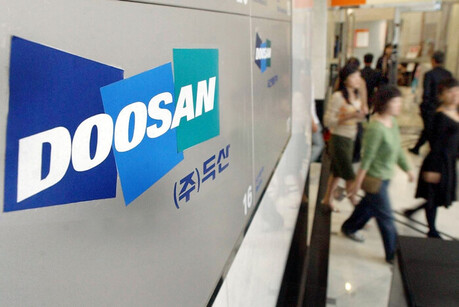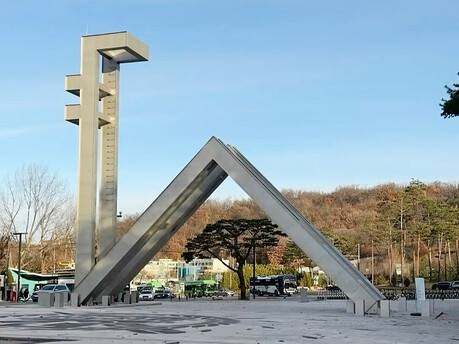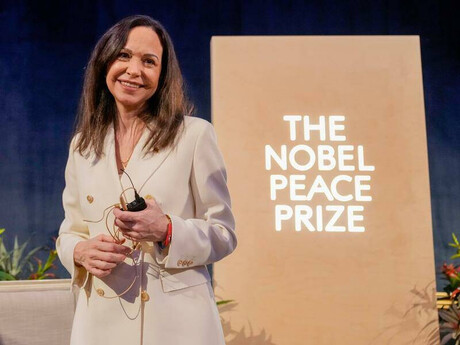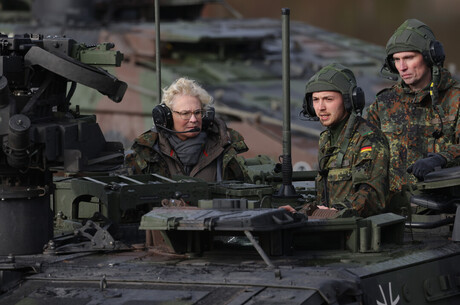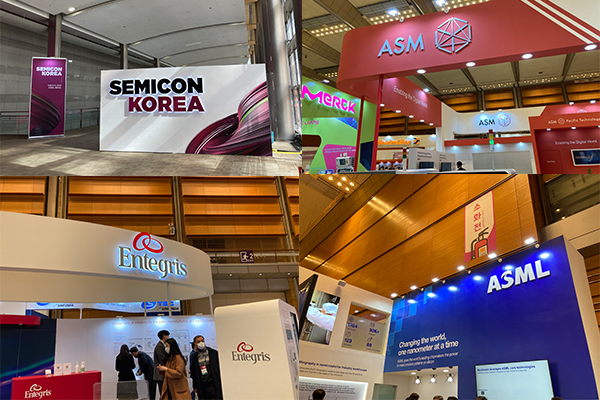
Semicon Korea 2025, held at COEX in Seoul, is a major semiconductor event. However, the atmosphere was noticeably different from last year's Semicon Taiwan. While Semicon Taiwan showcased the rise of Taiwan as a semiconductor powerhouse, Semicon Korea highlighted the challenges faced by the Korean semiconductor industry.
Last year, Semicon Taiwan was a stage for major announcements and collaborations. SK Hynix revealed its plans for mass production of its latest HBM product, and Samsung Electronics announced its goal to launch DRAMs below 10nm in 2027. Global semiconductor giants like Micron, Google, Nvidia, and Broadcom also made significant announcements. The event solidified Taiwan's position as a key player in the global semiconductor market.
In contrast, Semicon Korea 2025 lacked the same level of excitement and significance. Keynote speeches were more theoretical, and there were no major announcements or collaborations. The absence of high-ranking government officials also underscored the difference in government support for the semiconductor industry between the two countries.
The contrasting atmospheres at the two events reflect the current state of the semiconductor industry in Korea and Taiwan. While Taiwan has been actively supporting its semiconductor industry through government initiatives and deregulation, Korea has been facing challenges such as labor regulations and a lack of unified support from the government, political circles, and companies.
The semiconductor industry is now a global competition, with countries vying for dominance through subsidies and favorable regulations. For Korea to regain its position in the semiconductor market, it is crucial to form a "Korea one team" that brings together the government, political circles, and companies to support the industry.
[Copyright (c) Global Economic Times. All Rights Reserved.]
















